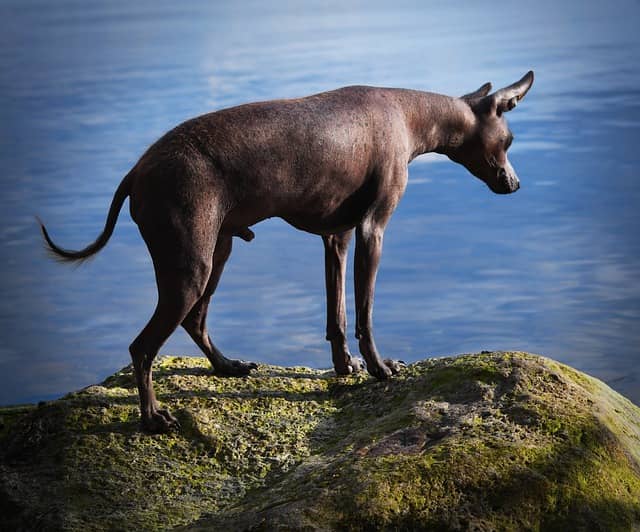Rare Mexican hairless dog Xoloitzcuintli
The ancient Mexican hairless dog has been a human companion-hunter in Central and South America for some 3,000 years. These Mexican hairless dogs have also been known as Xoloitzcuintli, which means "God of Dogs".





